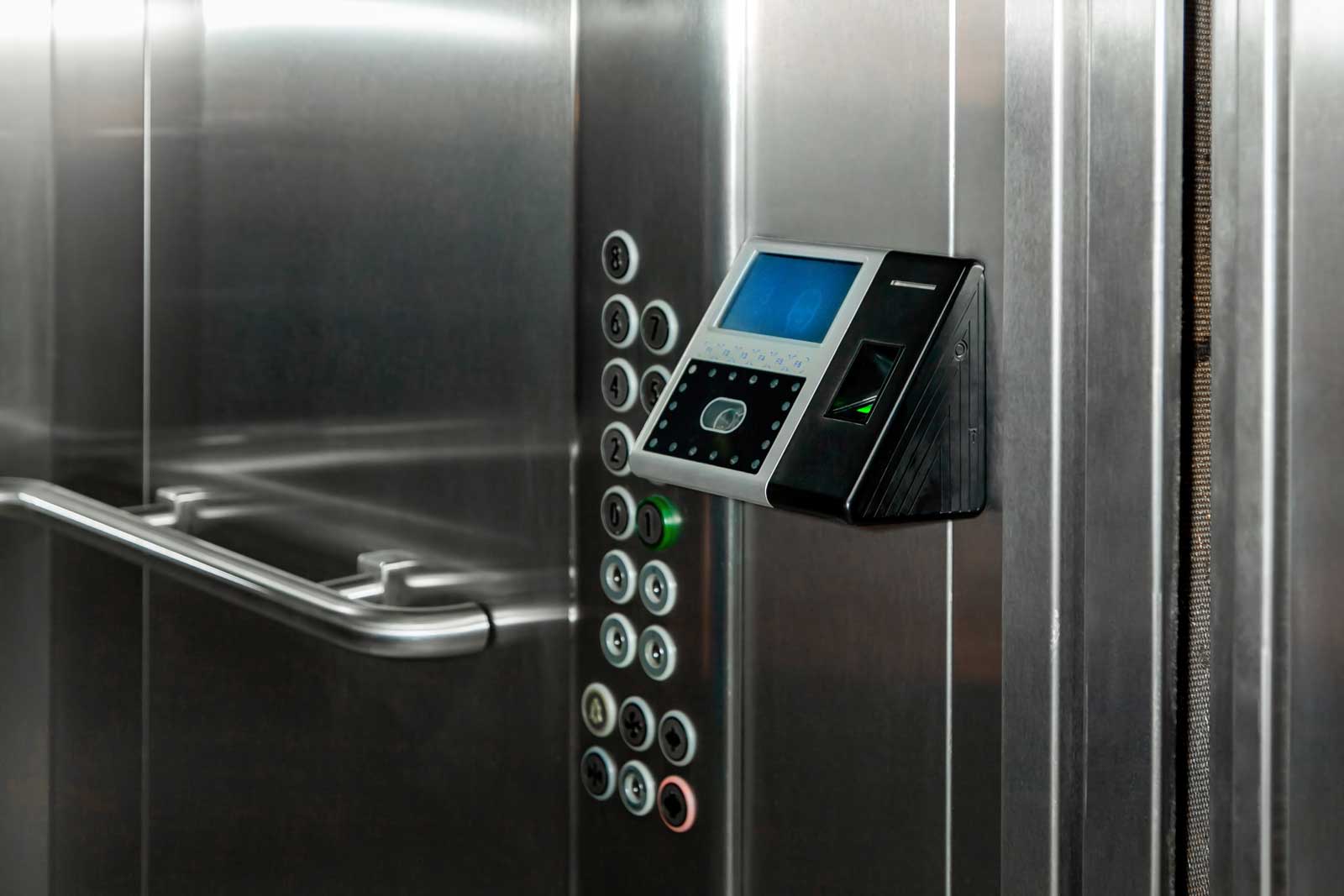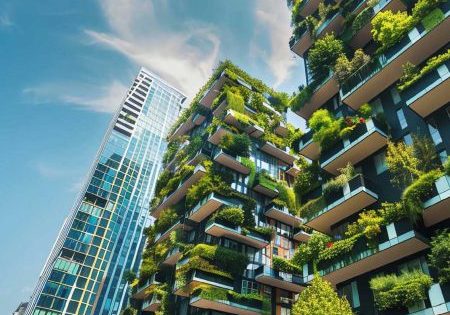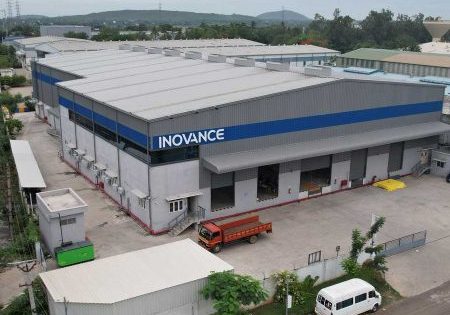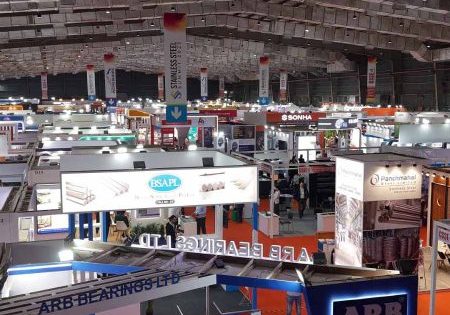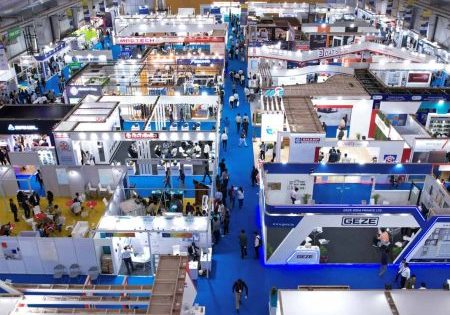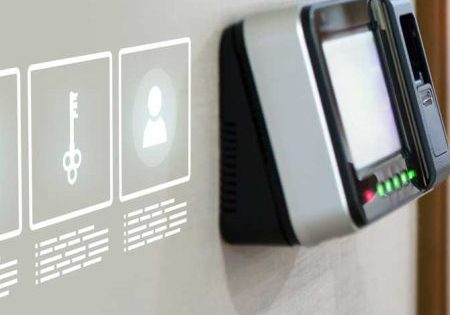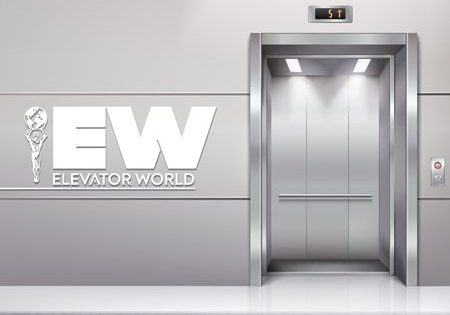The role of the elevator access control system
As India’s cities rise vertically and smart infrastructure becomes a staple of urban development, the spotlight has shifted toward not just efficient, but secure, vertical transportation (VT). In commercial office buildings, luxury residences, hotels, infra and metro projects, elevator access control systems play a pivotal role in securing people and assets.
Modern real estate and infrastructure projects demand more than just smooth vertical mobility: They require intelligent, integrated systems that control, monitor and predict elevator usage in real-time. Whether through biometric authentication or mobile-based credentials, the new frontier for VT lies in secure, personalized and adaptive access solutions. Let’s explore the technologies reshaping this landscape and how Indian innovation is catching up — and, in some cases, leading — on the global stage
Key Concepts and Latest Technologies
| Main Idea | Explanation | Latest Updates | Future Trends | Best Practices | Examples |
| Biometric Authentication | Uses physical traits such as fingerprints, facial recognition or iris scans. | Touchless biometrics like facial and palm vein recognition gaining traction. | Behavioral biometrics and AI-powered identity verification. | Liveness detection and encryption to avoid spoofing. | Mumbai’s commercial high rises use facial scans for floor access. |
| Mobile-Based Access Control | Smartphones using BLE (Bluetooth Low Energy)/NFC (Near Field Communication) allow contactless access. | Shift from key cards to mobile apps and wearables. | Smart Digital IDs for seamless multi-building access. | Combine mobile credentials with PIN/biometric for layered security. | Bengaluru residences deploy apps that trigger elevators automatically. |
| Integrated Access & Destination Control | Merges user credentials with floor selection permissions. | Authentication before allowing floor selection. | Predictive algorithms for automatic destination allocation. | Ensure tight API (Application Programming Interface) integration with elevator control systems. | Delhi business parks combine ID scanning with AI-led dispatching. |
| Cloud & Cyber security | Centralized control for monitoring, analytics and real-time updates. | Cloud platforms enabling cross-site access management. | AI-based anomaly detection, blockchain authentication. | Follow NEII and EN 81-73 cyber security guidelines. | Metro systems incorporate access control with cyber security layers. |
| IoT and Sensor Integration | Connects elevators with HVAC, CCTV, alarms for all-round safety. | Multi-sensor communication for better tracking and control. | Automated lockdowns or access revocation based on threats. | Build modular architecture for easy tech upgrades. | Hyderabad’s smart towers integrate VT with building-wide Internet of Things (IoT) systems. |
Global and Indian Perspectives
India’s Momentum: Security Meets Mobility — India’s real estate and infrastructure sectors are witnessing rapid adoption of elevator access control systems. Indian companies and multinational corporations (MNCs) are integrating AI-powered dispatching with mobile and biometric access in most projects. In high-density metros, access control is evolving from being a luxury to a compliance and safety necessity. In Bengaluru, large, gated communities are now rolling out resident-specific elevator access apps, ensuring only authorized floors are accessible. Mumbai’s financial centers rely on multi-layered systems combining QR Codes (Quick Response code), RFID (Radio Frequency Identification) cards and facial biometrics.
Global Momentum: Going Beyond Access-Globally — The elevator access control market is maturing fast. The U.S., Europe and parts of Southeast Asia are focusing on behavior-based access, where elevators learn user patterns and auto-predict destinations. In North America, many of new elevator installations in commercial buildings feature access control integration, while countries like South Korea and Japan lead in IoT integrated elevator-ecosystem design, where access, HVAC, security and visitor management are fully interconnected.
Online research: Here’s a summary of relevant secondary research across key areas such as importance, technology trends, security concerns and market practices:
1. Access Control Market Expansion: The Indian access control market is expected to witness strong growth in the coming years. While hardware components currently account for the majority share, the services segment is emerging as the fastest-growing area, driven by increasing demand for integrated and smart security solutions.
2. Market Trends: The elevator and escalator access control market is expected to grow due to several key factors. : (i) Smart building initiatives, (ii) Government mandates for secure public infrastructure, (iii) Increasing deployment of AI and analytics to monitor movement patterns, (iv) Indian companies and MNCs offering access control as part of smart VT solutions, (v) Residential security demand — growing awareness and adoption of smart home-security solutions contribute to market expansion, (vi) The implementation of stringent building safety codes and regulations, which is pushing property owners to modernize older elevator systems to comply with new standards.
3. Access Control Gates: The access control gates market in India is witnessing steady growth, fueled by rising security concerns and increasing demand across both commercial and residential sectors. The need for controlled and safe access to buildings is driving the adoption of these systems.
4. Smart Features: Among Tier-1 cities, premium real estate and infrastructure projects are increasingly adopting advanced smart features to enhance security, efficiency, and user experience. Commonly integrated technologies include touchless elevator controls, destination dispatch systems, biometric access, and smartphone-based entry solutions. These innovations reflect the growing demand for seamless and intelligent vertical mobility in urban environments.
5. Security and Privacy Challenges – (i) Data Protection Concerns: Biometric and mobile credentials must comply with privacy regulations like GDPR (General Data Protection Regulation) or India’s DPDP (Digital Personal Data Protection) Act. (ii) System Vulnerabilities: Legacy systems may be prone to hacking or bypassing using relay attacks. (iii) Power and Network Failures: Backup systems and local overrides are essential for resilience.
6. Innovations in the Field — (i) AI-based behavioral monitoring: Detects abnormal travel patterns, (ii) Voice-activated elevators: Emerging in healthcare and contactless environments, (iii) Facial recognition with mask detection (post-COVID-19).
7. India-Specific Insights — (i) Growing demand in metros and mega cities like Mumbai, Hyderabad, Ahmedabad, Chennai, Bangalore and Delhi National Capital Region, (ii) Government smart city projects and high-rise constructions fueling demand, (iii) Indian companies exploring make in India solutions for access control integration in local elevator systems.
8. Best Practices for Secure VT — (i) Regular System Audits: Check firmware, access logs and system health monthly, (ii) User Awareness: Train building occupants and staff on secure usage and anomaly reporting, (iii) Data Privacy Compliance: Follow local (India’s Digital Personal Data Protection Act) and global (General Data Protection Regulation) guidelines when handling biometric or mobile data, (iv) Scalability Planning: Choose platforms that support future tech upgrades and user base expansion.
9. Segment Insights — (i) Video Surveillance: Advancements in high-definition cameras and intelligent analytics drive the growth of this segment, (ii) Access Control Systems: Biometric authentication and smart access solutions are increasingly adopted in both commercial and residential settings, (iii) Managed Security Services: Organizations are outsourcing security functions to specialized providers to address complex threats efficiently, (iv) High-profile security incidents have heightened awareness about the importance of robust security measures, leading to more investments in technologies that prevent unauthorized access, (v) The integration of access control into VT offers an opportunity to implement energy-efficient solutions, reduce congestion and elevate quality of life for occupants.
10. Market Restraints — Despite favorable market conditions, several restraints may hinder the growth of the elevator access control system market. One significant challenge is the high cost associated with implementing and maintaining these systems. While the long-term benefits often justify the investment, many smaller businesses may find the initial costs prohibitive, which could limit market penetration. Additionally, the complexity of installation and the need for regular upgrades can pose challenges for end users. Many organizations may lack the in-house expertise to implement these systems effectively, leading to further reliance on external vendors. This complexity can deter potential customers, particularly in regions where technical support is scarce.
Future Outlook
AI, IoT, and Smart User Interfaces — The future belongs to self-learning elevator systems — those that detect intent, adapt to patterns and even suggest optimized movements. Imagine a system where your elevator knows you’re heading to the gym floor every Monday at 7 a.m. and preps the car as you enter the lobby. AI and IoT will merge to offer frictionless-yet-foolproof VT experiences — especially important in sectors like high-rise buildings, healthcare facilities, hospitality sector and defense infrastructure. Expect biometric behavior analysis, voice-enabled access and machine-to-human interaction to lead the way.
Conclusion
From Movement to Intelligence — Access control in VT has moved from being a passive security feature to a strategic pillar in building design and operations. For elevator professionals, system integrators and real estate developers, the challenge and opportunity lie in building systems that are secure, scalable and smart. In India and across the globe, the next decade will define how well we integrate mobility and security — not just to move people, but to protect and empower them in every vertical journey.
Get more of Elevator World. Sign up for our free e-newsletter.
